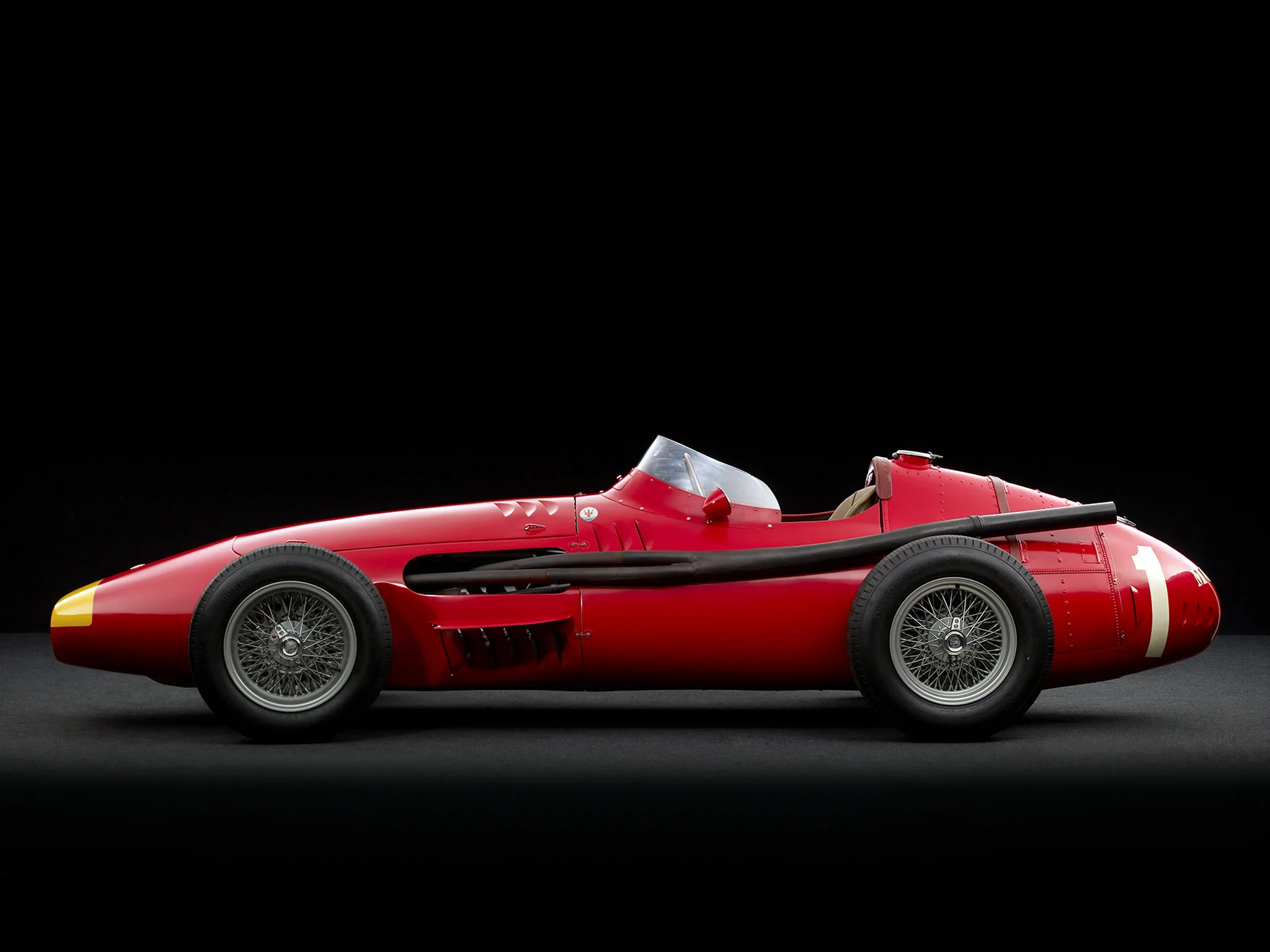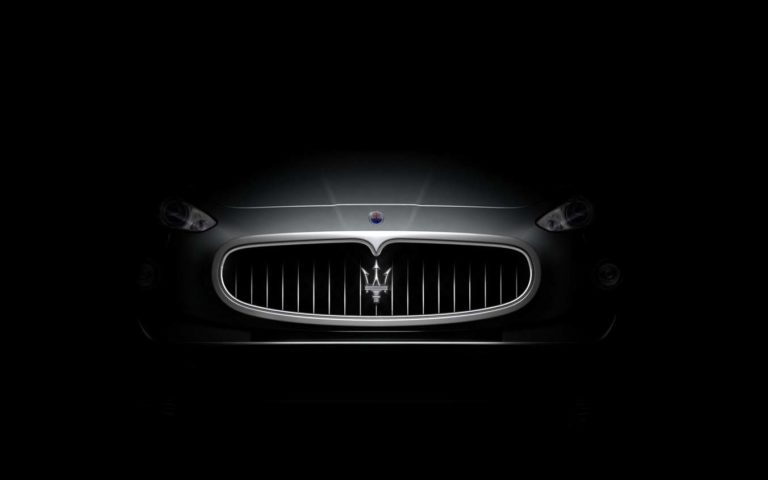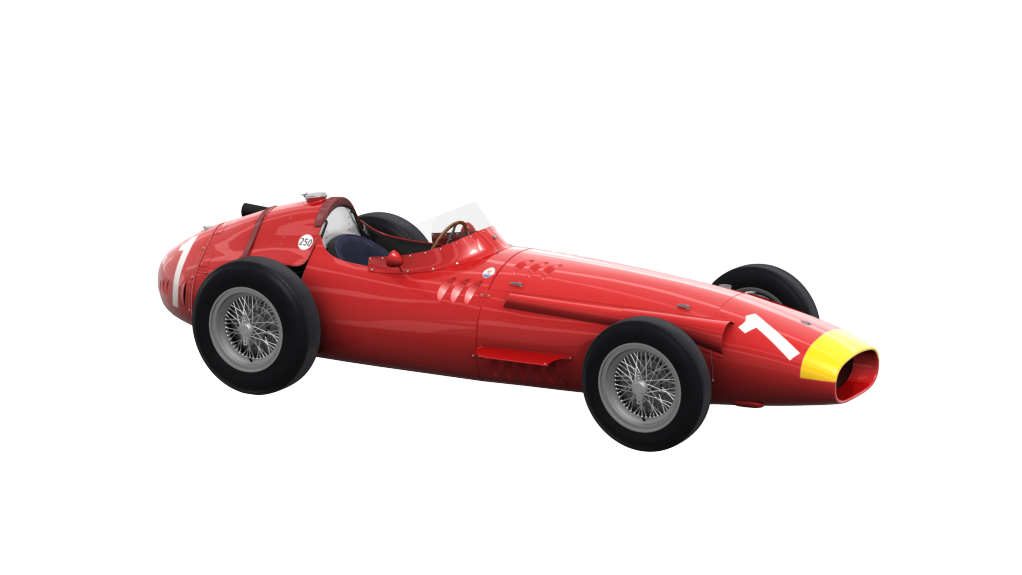Maserati 250F: the Racing Icon
02 December 2023 2 min read 5 images

Photo credit: Maserati, Wheelsage
Why. To be the best, to outperform its local rival, Ferrari, and it did just that. Maserati’s first triumph was in 1954, winning the Argentine Grand Prix with Fangio. Its performance was so formidable that Fangio, while driving the Maserati 250F, secured enough points to win that year’s world championship, intriguingly, behind the wheel of a Mercedes! But how was this possible? It was possible because Mercedes was late in rolling out its new Formula 1 cars. Fangio, not wanting to miss any races, arranged to start the season with Maserati. The points he gathered with Maserati helped him secure the title. It’s important to remember that in those years, Formula 1 gave the title to the drivers, while constructors competed in the Sports category for their World Title. It wasn’t until 1957 that Maserati, with Fangio behind the wheel, would clinch its own World Championship, remarkably with the same 250F model.
Register to unlock this article
Signing up is free and gives you access to hundreds of articles and additional benefits. See what’s included in your free membership. See what's included in your free membership.
Already have an account? Log In


